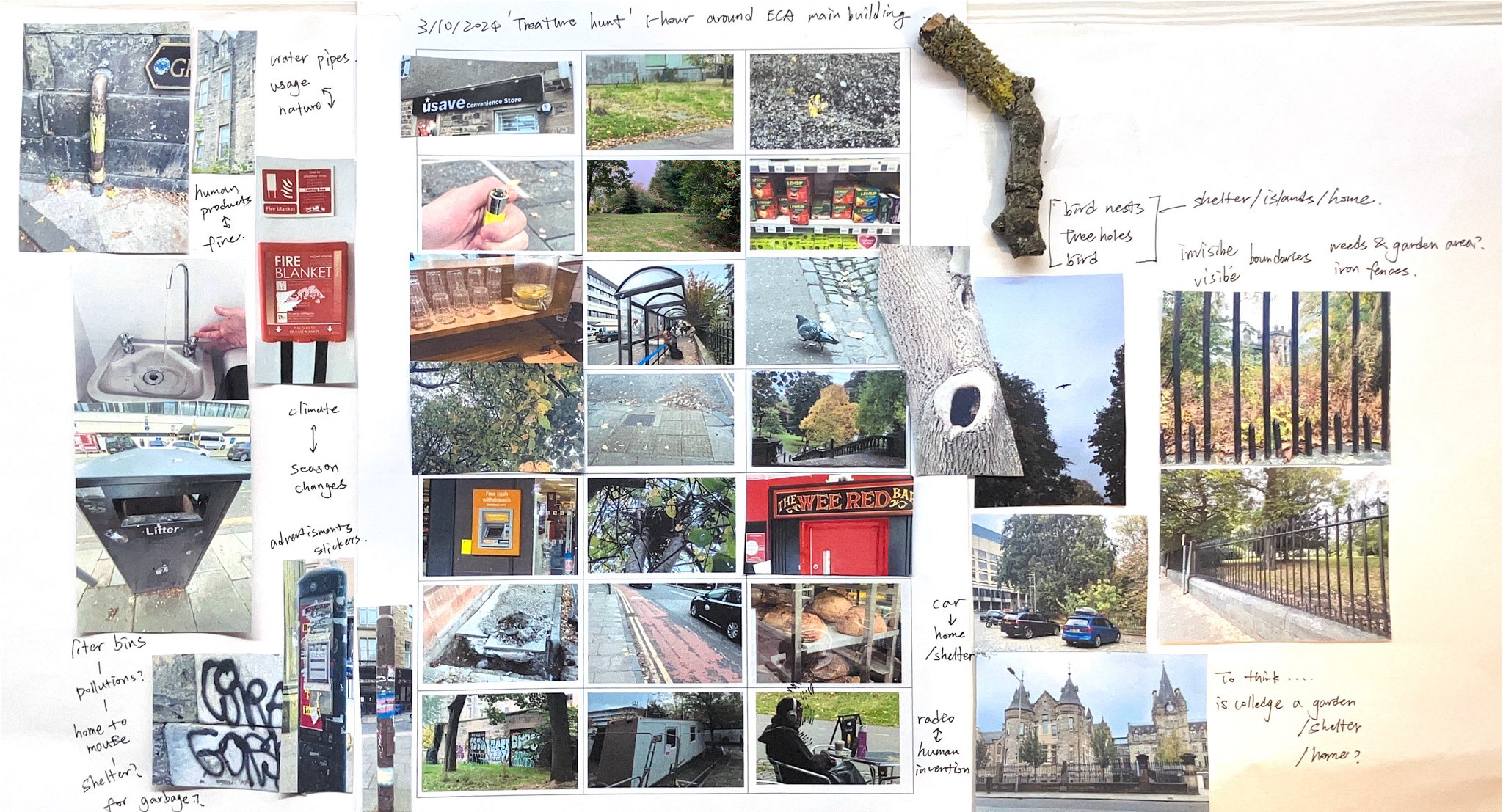Current Situation of the Environment
Global environmental issues, such as climate change and loss of biodiversity, require designers to rethink material choices, production processes and consumption patterns. For example, the IPCC report highlights the urgency of global warming, which has prompted us to explore how to reduce carbon footprints through design, learning how to integrate these global issues into design work by using sustainable materials and circular design principles to create products with less impact on the environment.
Waste Land, Lucy Walker, Released on 2010 and premiered in Berlin Film Festival 2010 (Berlinale)
Ecology and Economy
In the book ‘Do Androids Dream of Electric Sheep’, the author created a world in which humans, androids, and animals have all reached a dead end, and are on the verge of being replaced at any time. They depend on each other but can be replaced at any time. The boundaries between human, ecology and economy are mixed and vague. With the continuous development of the future economy, will this imaginary world become realistic? Are we losing our animalis while the economy thriving?
The Role of Design
Environmental design is more than an academic subject, it is a call to action. I am working to transform my design practice into a force for good that promotes a more sustainable and just world. This requires me to continually learn, adapt, and innovate to meet the challenges of our time.
William McDonough on Cradle to Cradle Design, TED2005, the concept of circular design
The Change of Production and Consumption
Design is not just a combination of form and function, it is also the intersection of politics and ecology. Through reading the work of Joanna Boehnert, we can see how design reflects and reinforces social power structures. Designers as product-makers should be encouraged to question and challenge these structures, promoting social justice and environmental sustainability through design, considering how design can serve society and how it can promote more equitable and sustainable ways of living.
“The Patterned Ground Treasure Hunt”
It’s interesting and meaningful to consider the surroundings around us in a new sight through a 1-hours treasure hunt.

The Treasure Hunt Worksheet 1, Sally Li, 2024

The Treasure Hunt Worksheet 2, Sally Li, 2024
Islands: Can blind paths be considered as islands? The truth is blind people are the minority within the society. They can be isolated from the whole system due to their disability.
Home: Bird nests are becoming rarer and rarer nowadays, are human activities constantly a reason behind the shortage of animals’ homes?
Shelter: Bus stations are shelters for pedestrians and those waiting for the buses. It prevents wind, rain and snow for us as a human invention and a result of human activities. There are plenty of cases like this around us like telephone booths, smoking areas, etc. Are we human beings an invasive species to the earth who constantly build shelters on the soil?
The Future of Design
If we dream big enough, maybe someday in the future, designers from all over the world despite their area or nationality would together reach a common goal regarding the sustainability of ecology, economy and design itself. It can become a big sustainable cycle for the outsider and be divided into multiple small groups through different design fields. Each small group also serves as a sustainable cycle on a specific scale which contributes to the outside layer.
Films:

The 11th Hour Poster ,Warner Independent Pictures, https://en.wikipedia.org/wiki/File:The_11th_Hour_Poster.jpg#Licensing(CC BY-SA 4.0 GFDL)
bibliography
Dick, P.K. (1968). Do Androids Dream of Electric Sheep? Mariner Books.
(derivative work: User:Tkgd2007, TSP (talk)Insignia_of_Knight_of_the_Thistle.jpg: Artist unknown. Photograph by User:Dr_pda, Public domain, via Wikimedia Commons)
(Rawpixel, CC BY-SA 4.0, via Wikimedia Commons)




